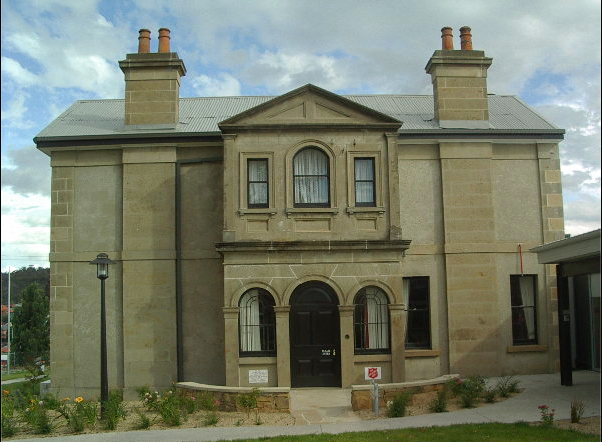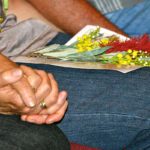Fear, trauma & deinstitutionalising aged care
- Jan 15, 2020
- In News
The Royal Commission into Aged Care Quality and Safety will hand down its final report by the 12th November this year.
The Find & Connect web resource made a submission late last year, which we will be publishing in the next blog post (at this point our submission has not been published on the Commission website).
We made this submission as there are a number of issues that people who spent time in care as children face on entering into aged care, particularly for those who spent time in institutional care.
In our research into Australia’s care system in the 20th century, most recently in the development of the Map of Children’s Homes, we became aware that there is a cross over between historical children’s institutions and new or planned aged care facilities.
The locations of former children’s institutions, such as orphanages, may now be the site of an aged care facility. The same organisation that managed the institution may now be the aged care provider. In some instances, the same institutions and buildings have been repurposed as aged care facilities; owned and managed by the same organisation that previously used them for the institutional care of children.

Barrington Lodge Aged Care Centre, which was Barrington Boys’ Home from 1946 until 1981 and is still managed by the Salvation Army.
These locations are sites of trauma for those who spent time in care as children. Those now entering aged care are likely to have suffered physical, sexual or emotional abuse in these institutions as children. Sites that have the same names and the same managing organisations as they did when they were childrens homes cause great distress for those who fear they may be forced to return to them.
Re-institutionalising people who spent time in care as children causes intense fear and trauma for a number of other reasons.
Those who were in institutional care as children had little autonomy, and were often lied to regarding their and their families’ circumstances. There are significant issues of trust in returning to care, particularly around the role of the individual’s family in engaging with aged care; and in remaining in control of their relationships and their lives after entering into aged care.
The “Caring for Forgotten Australians, Former Child Migrants and Stolen Generations” booklet details some of the issues that may confront those entering aged care, and also provide some guidelines for aged care providers to follow in implementing safe, high quality aged care to people who were in institutional care as children, including supportive routines, appropriate food, ensuring privacy, and being aware of issues around identity, such as names being changed, being spelt differently, or being referred to as a number in childhood.
You can access the booklet here: information booklet





